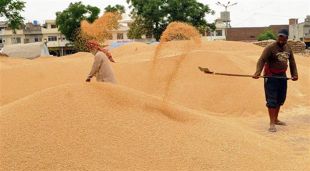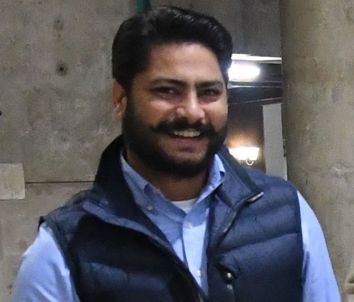
Unending crusade: The scathing movie by Deba Ranjan brings the real story behind ‘industrial development’
Shoma A. Chatterji
Deba Ranjan, one of the most no-nonsense and committed investigative journalist-filmmakers in the country, made a scathing film on the real story behind “industrial development” in tribal and forest-rich areas of Odisha a year ago. The film, Those Stars in the Sky, has just been bestowed with the Best Documentary Award at the 13th Edition of the Istanbul Architecture and Urban Film Festival, 2019. 1862 films from 91 countries had entered in competition.
On the intriguing title, Odisha-based Ranjan says, “When people die, they become stars is a common belief. This film promulgates such belief in view of those killed by the state forces like in police firing, fake encounter, in custody and by the private armies of the corporations. Killing of common people and the rise of corporations have been a reality since economic reforms in India. Under this pretext, this film is essayed between 2013 and 2018 when the state is engaged with a battle among its people for land acquisition of various corporations.”
The film is a continuation of Ranjan’s crusade against the corporate giants who have been trying to appropriate land of the adivasis across Odisha.
The film opens on a field where there is an uneven row of martyr’s columns erected out of stones in memory of those who were martyred for the cause. Sini Soy, a middle-aged woman activist of Kaling Nagar, talks about how she lost her son in the firing that happened on January 2, 2006. In December 2017, the judicial commission set up for the Kaling Nagar firing gave a clean chit to the police. This was similar to the Kashipur firing. “So, the film is a journey of these 17 years people’s movement of Odisha” says Deba Ranjan.
The film is visually rich. Layer by layer, the tragic stories unfold which underline “development” through the gross violation of human rights of the adivasis. The camera moves to the empty huts in the village to enter the hut of Manas Jena and closing in on his widow with a small son. A framed photograph of Manas and his wife hangs on the wall. A weeping Manas’wife informs us that they destroyed their betel farm too. “How will I manage to survive with my son?” she asks and adds, “It would have been better had the government killed me and my son also.”



























